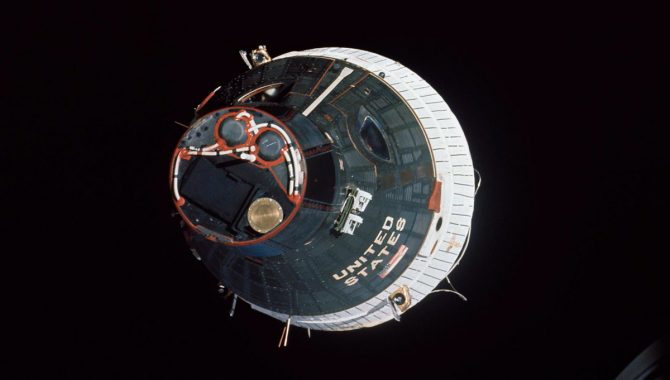
Borman, Lovell set record for space endurance and rendezvous with Gemini VI-A.

Borman, Lovell set record for space endurance and rendezvous with Gemini VI-A.
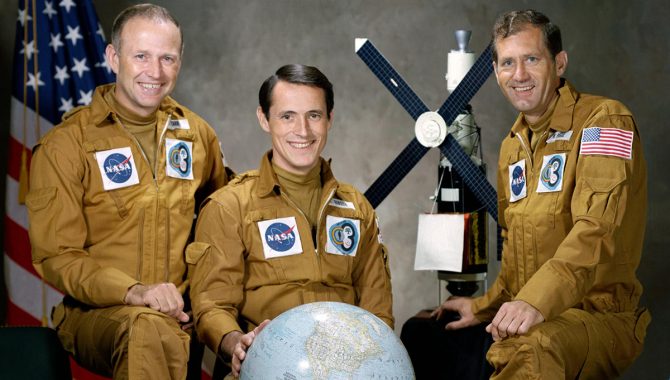
Mission to NASA’s first space station proved human ability to live months in space.
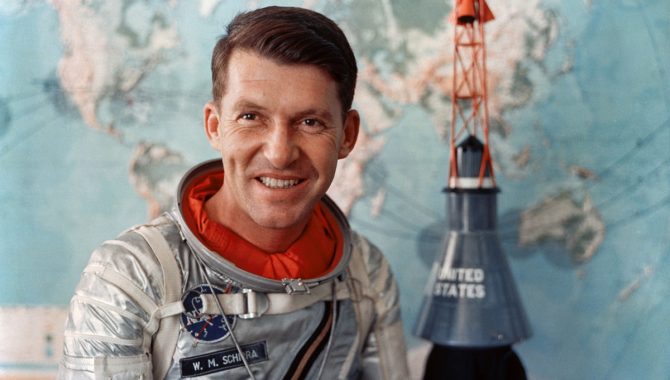
Schirra’s “textbook mission” sets the stage for longer spaceflights to come.
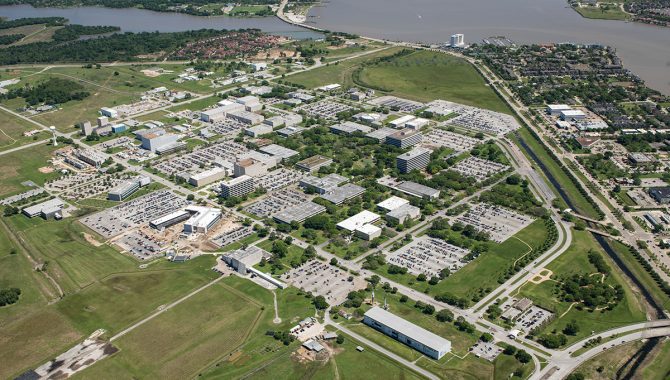
The Space Task Group moves west and becomes the Manned Spacecraft Center.
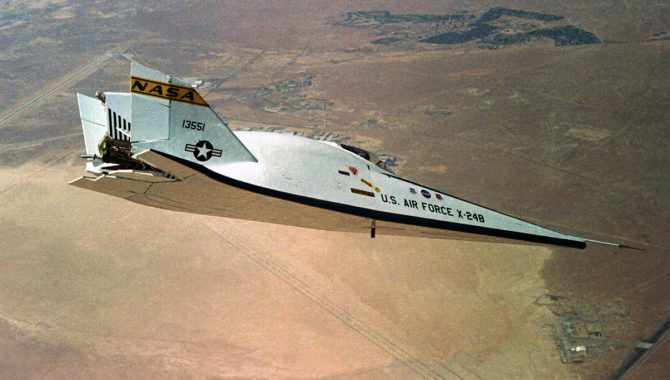
The X-24B marks the end of a program that informed Shuttle design.
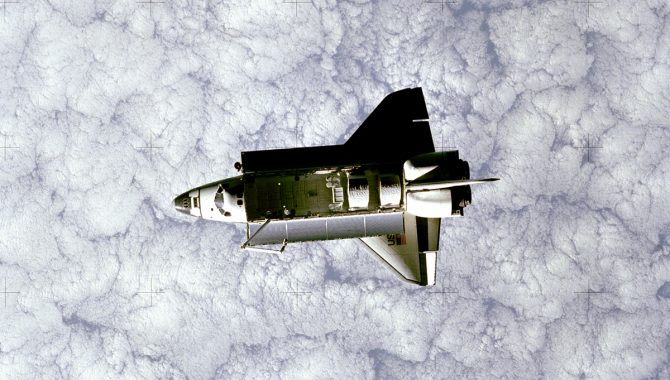
Mission puts first American woman in space, releases and recaptures satellite.
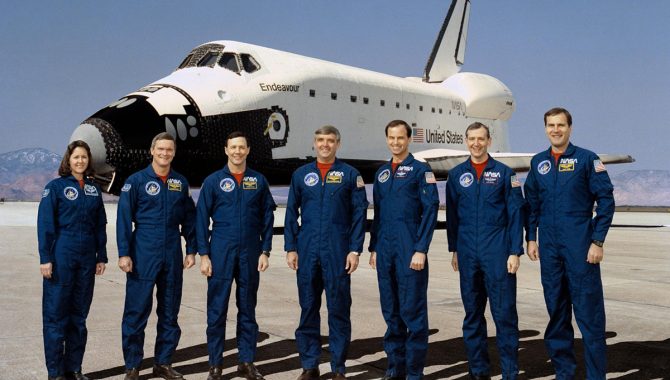
The Shuttle performed flawlessly in a difficult mission to capture and repair satellite.

NASA’s understanding of the effects of prolonged weightlessness on the human body has been greatly influenced by the Gallaudet Eleven, a group of deaf men from Gallaudet College who volunteered to be part of a research study.
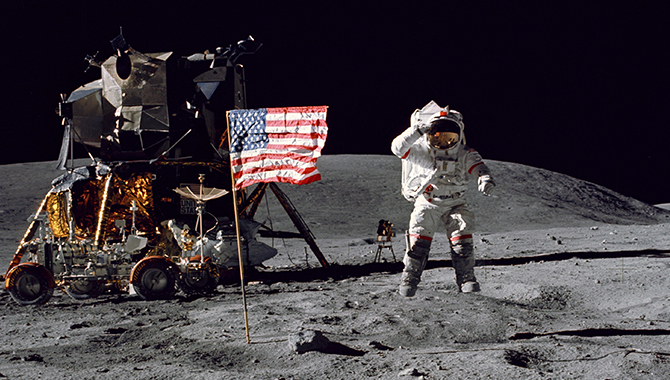
Mattingly, bumped from Apollo 13, finally orbits the Moon as Apollo nears the end.